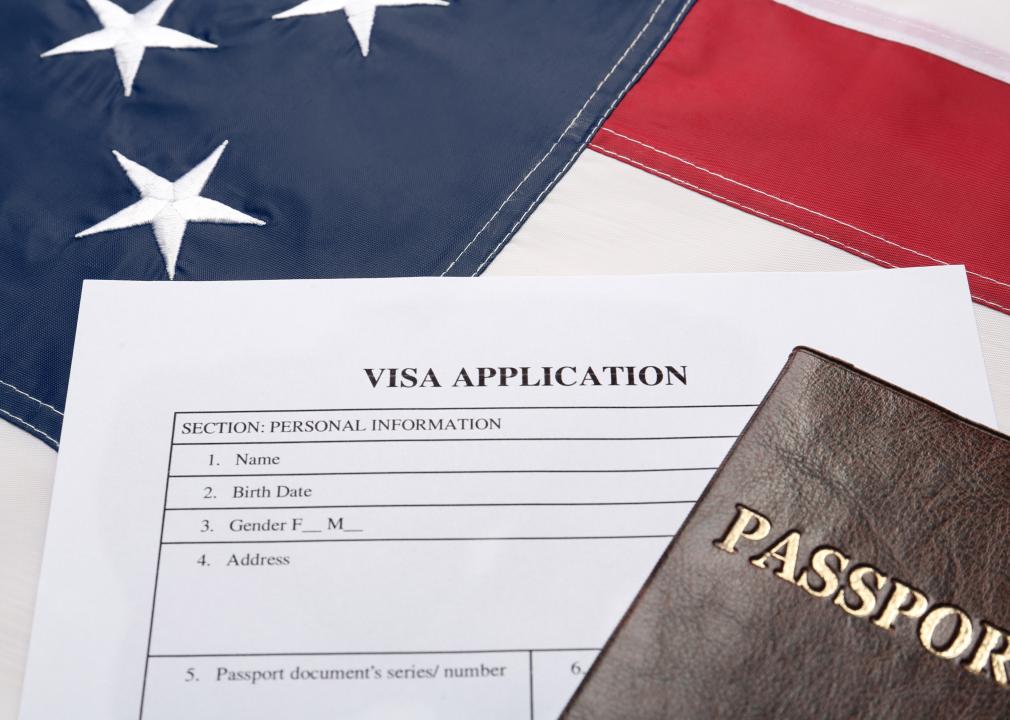
)



As the U.S. grapples with the complexities of its H-1B visa program, Taiwan has launched two new visa initiatives aimed at attracting Indian professionals in technology, engineering, and research and development sectors. The Employment Seeking Visa allows individuals to explore job opportunities in Taiwan, while the Taiwan Employment Gold Card combines a visa, work permit, and residence permit into one streamlined option. The Gold Card is valid for up to three years and is renewable, making it an appealing choice for skilled workers looking for stability in their employment [82265bad].
The introduction of these programs comes at a time when the H-1B visa system in the U.S. is facing scrutiny and calls for reform. Currently capped at 85,000 visas annually, the demand for H-1B visas far exceeds supply, with 423,028 applications submitted for only 65,000 spots in fiscal year 2025 [fd3ef894]. Tech leaders like Elon Musk and political figures such as Vivek Ramaswamy have emphasized the need for an expansion of the H-1B program to meet the growing demands of the tech industry [cee8b5c2].
Taiwan's new visa programs are strategically designed to address workforce gaps in critical sectors, potentially positioning the island as an attractive alternative for skilled professionals who may be deterred by the current limitations of the U.S. immigration system. Detailed application information for these programs is available on Taiwan's Bureau of Consular Affairs and National Development Council websites, indicating a proactive approach to attracting talent [82265bad].
In the U.S., the ongoing debate around the H-1B visa program continues to unfold, with President-elect Donald Trump recently expressing support for the program after previously advocating for restrictions. This shift has sparked divisions within his political base, as some factions remain opposed to expanding immigration opportunities [55b0c61b]. Meanwhile, Representative Mike Lawler (R-NY) has highlighted the importance of the H-1B program for the U.S. economy, calling for a merit-based approach to immigration that addresses labor shortages [909e8a17].
As Taiwan rolls out its new visa options, it remains to be seen how these developments will impact the flow of skilled labor between India and the U.S., especially as the latter continues to grapple with its immigration policies. The competition for talent is intensifying, and Taiwan's initiatives may provide a viable alternative for professionals seeking opportunities abroad [82265bad].